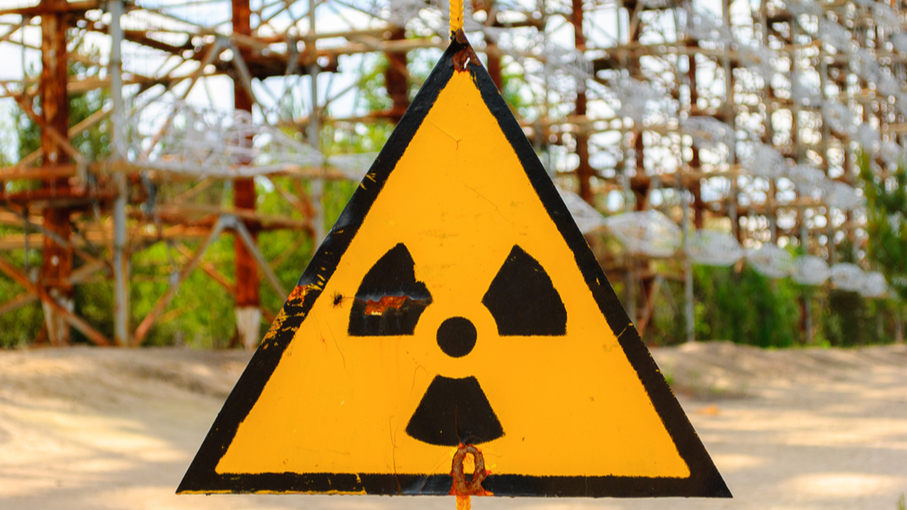There are potentially hazardous locations in the process industry where flammable gases and dusts can explode when mixed with air and if triggered by ignition. Given such challenges, classifying different industrial areas according to their characteristics is essential to ensure that the most appropriate measures are taken to prevent explosions causing damage to the environment, equipment and above all people.
In Europe, the classification is based on ATEX regulations, in particular on European Directive 99/92/EC, ruling safety and health of workers in explosive atmosphere. This directive applies to hazardous locations, where certified plant and equipment are in service. Pursuant to the Directive, employers are required to analyse the risks related to their plant and to classify the different locations according to the hazards.
Before classifying locations, in compliance with the Directive, the employer shall undertake any measures to prevent any potentially hazardous location from arising. Whenever the potentially dangerous area is created despite attempts to prevent it, every effort must be made to prevent it from being triggered. If the .
Elements to be factored in
The hazard and size of each location are determined by a number of variables. Let's see in detail:
- the number of sources of release in the area. When a potentially explosive environment is being examined, a first step is the listing of any sources, i.e. any point throughout the plant likely to release potentially explosive substances, whether in normal operation or in the event of a fault. There will be a number of sources involved and, if strategically located in the best locations in the plant (according to the topography - mainly for flammable liquids - and the nature of the flammable product), could be as little relevant as possible to the development of a hazardous area;
- ventilation. In closed locations, forced ventilation is usually required. In such a case, the number of air renewals per hour is to be assumed. In open locations, the wind and its speed are measured. Ventilation is essential indoors. Even a single source in a small, closed and unventilated location represents a high risk as flammable gas could easily exceed its lower explosion-limit;
- degree of dilution. "Degree of dilution" describes the capability of a flammable gas to be diluted with air. The more the gas is diluted with air, the less the ignition is likely to occur, since its lower explosion-limit is harder to overrun. The lower the gas leakage is, the easier the gas is diluted with air.
Three different locations
Hazardous locations classification stems from a detailed investigation of each of the elements and interaction thereof hitherto analyzed. Locations are classified into three hazard levels, based on the number of hours-per-year of potential explosive atmosphere within the workplace:
- zone 2: the atmosphere can only become explosive in case of plant fault;
- zone 1: the atmosphere can become explosive even during standard working conditions, albeit for few hours per year;
- zone 0: the atmosphere can become explosive even during standard working conditions several hours per year.
Drawings showing the extent and nature of the hazardous area are available as part of the documents regarding the location involved. Such drawings should make it possible to clearly understand the features of the hazardous location through easy-to-read and clear graphics.
Reduce the hazard level of the locations
Well-fed plant ventilation is essential. Fundamental is to prefer building/design solutions to ease the separation of the three elements of the ignition triangle, i.e. flammable substances (i.e. any substance capable of ignition), comburent agents (usually oxygen) and ignition sources (the source giving energy to the potentially explosive mixture).
Consideration should also be given to physical factors, such as the origin of the emission sources, whether it occurs only as a result of breakdown or even in standard operating conditions, and the extent of the emissions in terms of flow.
The three zones of the classification are based only on the frequency of the hazardous event, however the characteristics of the hazardous component should also be indicated. For example, an area where hydrogen is present will be better controlled in terms of electric sparks and less in terms of hot surfaces.
Accordingly, if a new product is to be installed in a potentially explosive location, the substance that makes the location potentially explosive must be known, since its characteristics will certainly affect how the ignition sources of the product to be installed must be protected.


